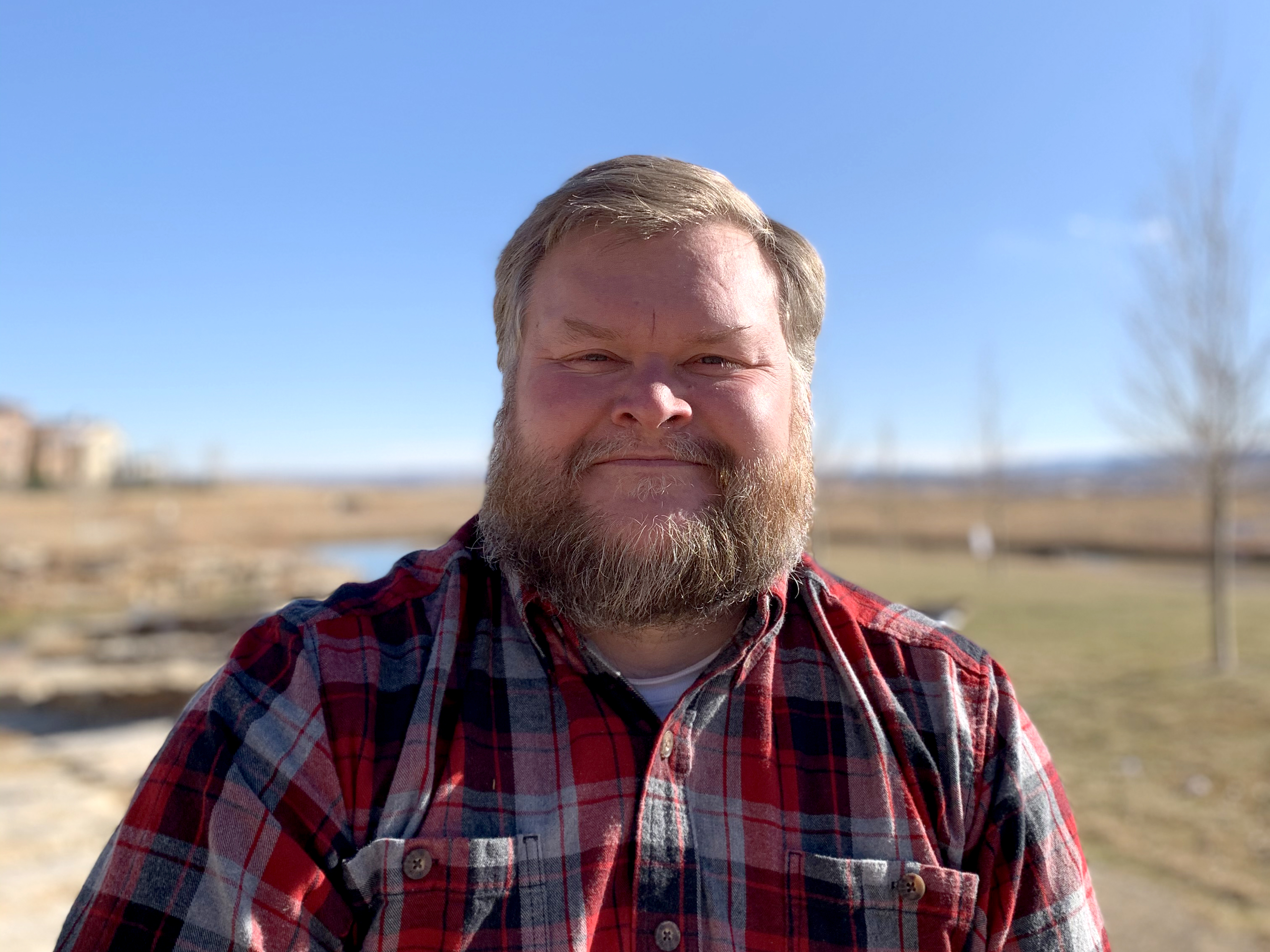In 2013, Colorado was facing the largest floods it had seen in over 30 years. That year, FEMA hired Mark Petitt to support the disaster declaration. Mark is now a Disaster Recovery Specialist, Public Assistance Tribal Specialist for FEMA Region 8.
Mark has supported many disasters since then. He said a highlight for him was building a rapport and partnership with the five tribes he worked with in 2019. That year, he was deployed to support FEMA response to a bomb cyclone and the rapid melting and flooding incident that followed. Mark stayed in South Dakota through the end of the year to complete preliminary damage assessments and run the Tribal Task Force.
In that time, five tribes had Public Assistance Program declarations under at least one of five presidential declarations. Most had never been a recipient of the program before. Mark supported the process to get each tribe’s administrative plans and financial pieces put together. As he guided tribes through the process, he would first learn which activities were done in response to the disaster and what emergency protective measures were already in place. He then worked to understand what each tribe would need to do to recover.
“The big pieces of the Public Assistance Program can be challenging,” Mark says. “It’s taking all the information and always trying to reach the ‘Yes, it works!’ goal. But you can’t always get there.” Sometimes Mark had to explain why a declaration wasn’t fit for Public Assistance. In those situations, exercising FEMA’s values of compassion, integrity, fairness and respect were key. Mark said he tries to treat every one of the applicants, every one of the tribes, the same. He would educate and explain the situation, and where possible, share other potential funding sources with the tribes.
Mark said being able to talk to tribal leadership and help them understand the process was a rewarding part of the process. He said part of being a FEMA employee can sometimes mean just listening to concerns.
“You're working with people that are under high stress, and they've been under high stress for a while,” Mark said. “Some of the conversations I've had with tribal emergency managers over the last year has been just having them dump whatever stress they've been carrying in their head.”
The We Are FEMA campaign highlights employees like Mark and takes a deeper look at the work they do to make our nation safer, stronger and more prepared. The campaign allows others to learn more about the mission-driven work and the who, what and why behind the FEMA mission. The faces of FEMA are diverse, but they share the same goal: to help people before, during and after disaster.
To join our team, visit FEMA.gov/careers to see the latest job openings.



